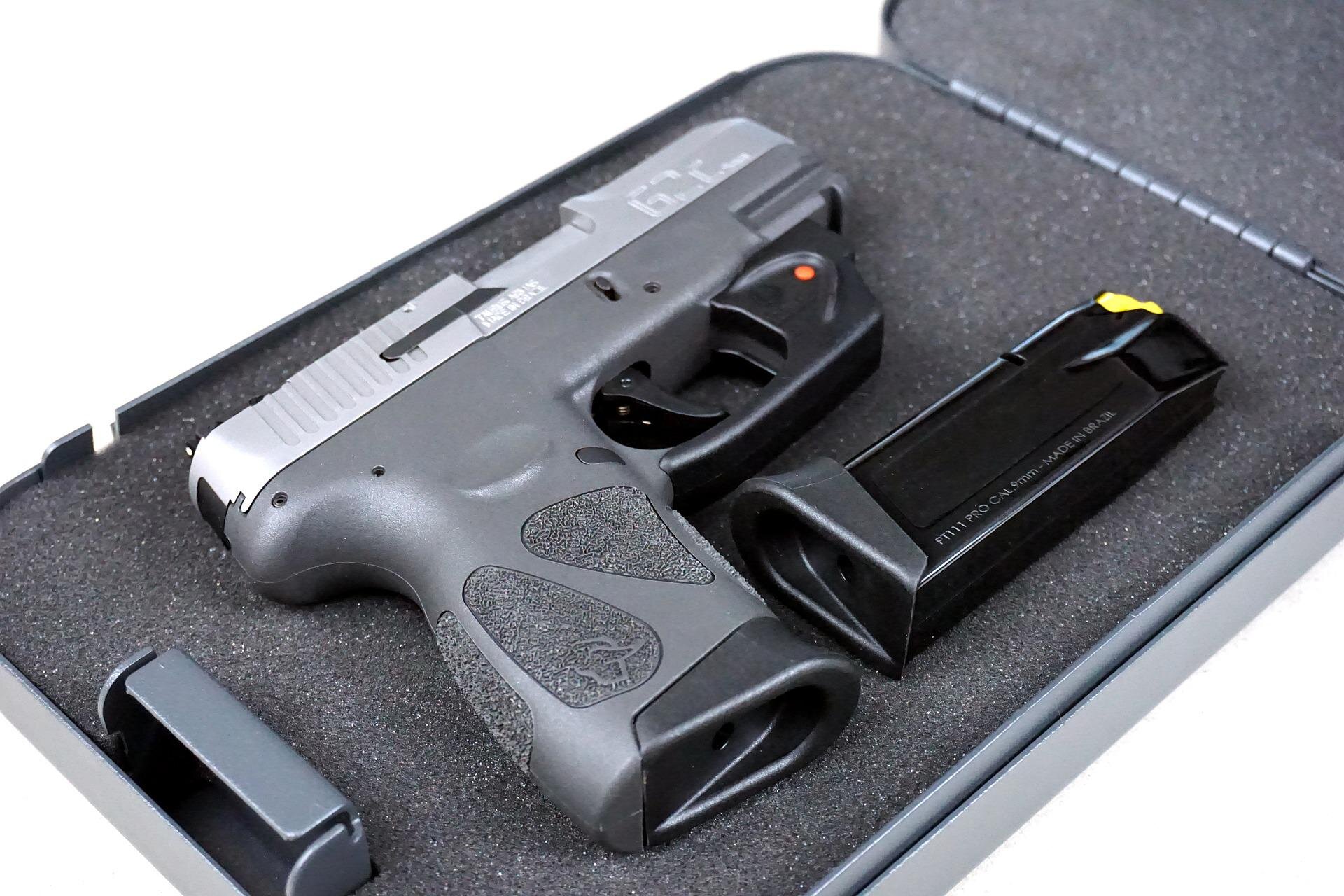Credit: Pixabay/CC0 public domain
Researchers at Rutgers Health have found that parents who actively teach their children how to handle or shoot firearms are more likely to store loaded guns in unsecured locations.
“Some parents may feel that modeling responsible firearm use negates the need for safe storage,” said Jennifer Paruk, lead author of the study and postdoctoral researcher at the New Jersey Gun Violence Research Center at Rutgers School of Public Health. “But safely storing firearms is part of firearm safety.”
The study in JAMA Pediatrics surveyed 870 parents in nine states, including New Jersey, with diverse firearm policies and ownership rates. The researchers asked about children’s firearm safety practices and gun storage habits, and then analyzed the relationship between these behaviors, controlling for factors such as location and type of firearm.
“We know that when children have access to firearms in the home, it increases the risk of child suicide and unintentional firearm deaths,” Paruk said. “Safely storing firearms (locked, unloaded, and separated from ammunition) is associated with a reduced risk of firearm injury and death for children.”
Firearm-related injuries have become the leading cause of death for children and adolescents in the United States, surpassing automobile accidents. A 2022 New England Journal of Medicine A study shows that firearm deaths among people under the age of 20 nearly doubled between 2013 and 2020.
According to the Rutgers survey, 17% of parents with firearms in the home reported storing at least one gun unlocked and loaded. Such practices may be illegal in some states under child access prevention laws.
Many parental strategies to keep children safe were not associated with an increased tendency to store loaded guns in unsecured locations, but those who showed their children proper firearm handling were twice as likely to do so to do.
The same was true when adults engaged children in hands-on safety practices. Parents who allowed their children to practice handling firearms under supervision were 2.29 times more likely to have an unsecured, loaded weapon. Those who taught their children to shoot were 2.27 times more likely to store a gun unsafely.
Simply discussing firearm safety with children showed no significant relationship with storage practices, nor did telling children to stay away from guns when unsupervised, or to always stay away from guns, nor to showing children pamphlets or videos about the proper handling of weapons.
Experts generally recommend the three-fold precaution of unloading weapons and storing weapons and ammunition in separate places, as children often manage to infiltrate loaded weapons that appear to be safely stored.
“Children are very smart,” Paruk said. “We know that children can get into something and they are watching us. Just because parents think it is locked, it may not be. A child may know where the key is kept. That’s why he has to keep it locked, keep it emptying and keeping ammunition separated are all good practices to reduce the risk of firearm suicide and unintentional injuries to children.
The researchers emphasized that the need to keep guns in child-proof locations applies not only to parents, but to anyone who brings children into their home, such as grandparents or other family members. They encouraged all gun owners to examine their storage practices and consider ways to make their firearms safer.
Although the study provides insights, the authors note several limitations. The lack of information about children’s ages can influence parents’ approach to firearm safety. Furthermore, the self-reported nature of the survey may not capture the full complexity of real-world storage practices.
Looking ahead, Paruk said she and her colleagues hope to measure the effectiveness of different approaches to firearm safety education in actually reducing the risk of injury or death. They also highlighted the need for more research into children’s access to firearms, citing a previous study where a third of children had access to their parents’ firearms within five minutes, sometimes even when parents thought the guns were safe put away.
More information:
Parental involvement with children around firearms and unsafe storage, JAMA Pediatrics (2024). DOI: 10.1001/jamapediatrics.2024.3055
Quote: A Gun Safety Paradox: Study Finds Some Precautions Linked to Riskier Storage Practices (2024, September 9), Retrieved September 10, 2024 from https://medicalxpress.com/news/2024-09- gun-safety-paradox-precautions-linked. html
This document is copyrighted. Except for fair dealing purposes for the purpose of private study or research, no part may be reproduced without written permission. The content is provided for informational purposes only.





















